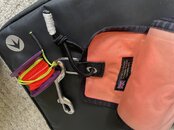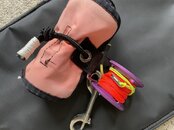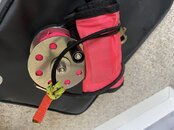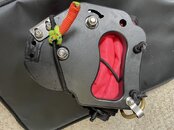If it's single tank for both, you don't need to change anything except the amount of lead. A smaller wing will be a little more streamlined and easier to pack, but it's a minor difference. And all an aluminum plate does is cut your baggage weight.Our course will be done in cold water in a drysuit, that's correct.
So what we have learned so far is:
Drysuit + cold water = steel bp + steel tank(s) , which reduces the need for weights.
BP/W seems to be preferred by many drysuit divers, but are they also usable if you're diving a wetsuit in warmer waters, or do all parameters change, given the same tank size/weight? Needing to change to a smaller wing, aluminium bp etc?
The one exception might be if you are going to dive a large steel tank and a steel plate makes you overweight in warm water with no lead.




 .
.



